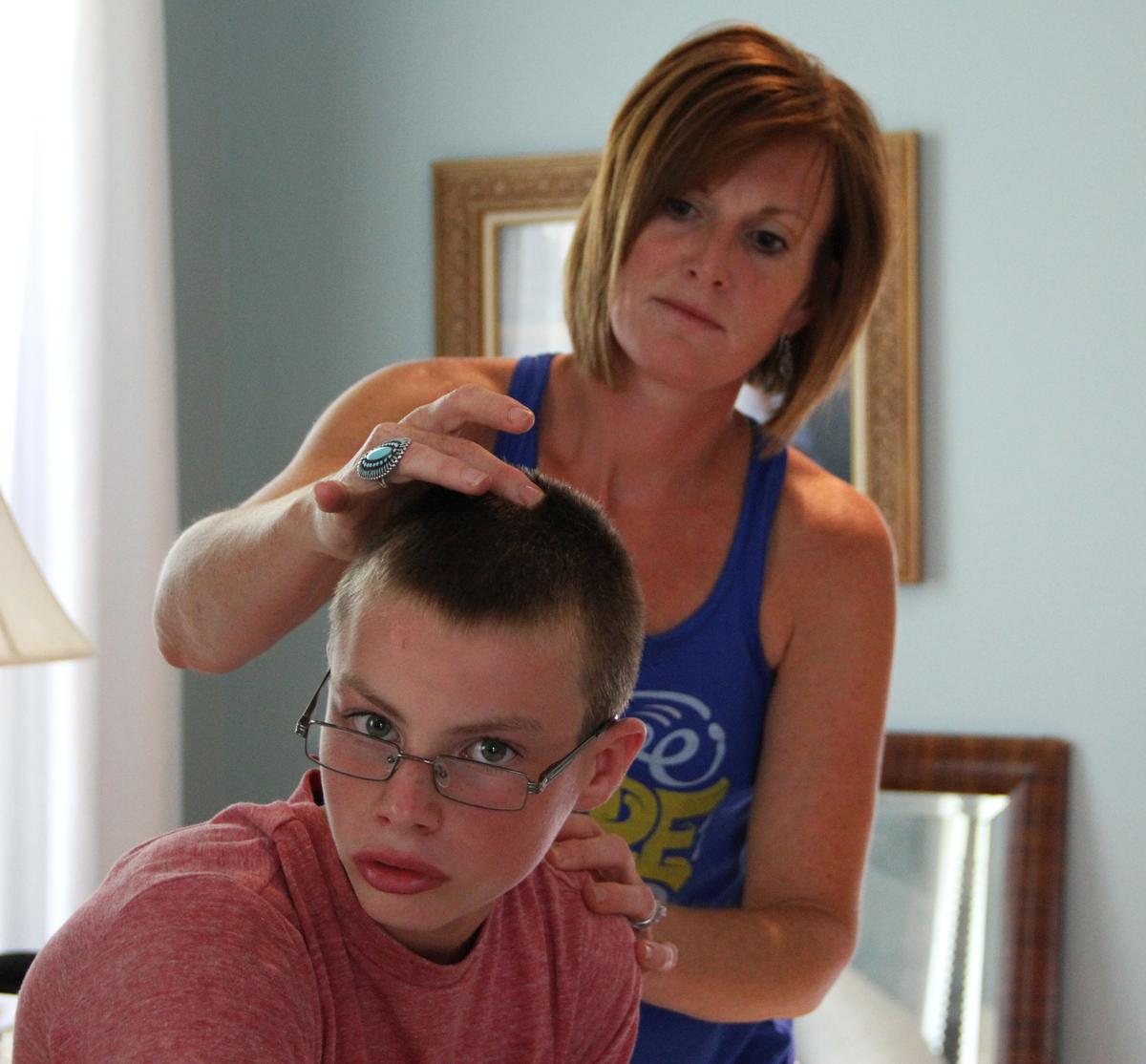Autism spectrum disorder (ASD) is a developmental disability that presents families with significant challenges. Children diagnosed with ASD experience a different world than their peers. Bright lights, and loud noises can easily frighten them, and they can also have a hard time coping with any sudden changes to their routine.
On top of these anxieties, children with ASD often have trouble socializing and communicating, so they may be unable to express if and when something upsets them. When they become overwhelmed, they may erupt into a meltdown—an out-of-control outburst where they become emotionally devastated and impossible to console. Meltdowns can be long, grueling episodes, and may discourage parents from ever bringing their children out in public.
There is no cure for ASD, and the conventional therapies available to treat the challenges associated with the disorder are limited, so many parents seek alternative options.
One treatment that’s been getting a lot of attention is essential oils. A growing number parents claim that these chemically complex plant-based compounds can help ease their child’s anxiety and restlessness, and can even curtail an epic meltdown.







